Google’s Android become the most important and prolific smartphone platforms. The previous version 2.1 Eclair become more updated on 2.2 Froyo. Take a detail look on the review form engadget.
What’s new
The first thing you’ll notice with Froyo is a slightly modified navigation bar that assimilates shortcuts for both the phone and web browser. The Google search bar has undergone a slight modification, too, letting you cater your search specifically to web, apps, or contacts — and that’s about it for home screen modifications. No extra wallpapers, no additional screens, no new shortcuts. As for new widgets, all we’ve seen are a tutorial box and a rotating ad for featured marketplace apps.
YouTube HQ (sort of)
The only other stock widget, aside from Google search, that had any noticeable change was YouTube, which now scrolls through a set of most viewed videos to entice and distract you on passing glances. The player itself, however, beams a shiny new “HQ” button on the bottom right of the screen. But before you go gloating to your EVO 4G-carrying pals, you should know that in our tests the higher-res option by and large matched the default (and thus far only) video option for Android 2.1 Eclair, and non-HQ was even more scaled down, and didn’t even span the entire width of the 3.7-inch screen. And to think, the sight of that button alone gave us such jubilation. (Update: As a number of readers have pointed out, this change is nothing more than semantics — the Nexus One does have the same low-quality option buried inside menus.)
External storage for apps
While support for apps on external storage has been confirmed Froyo (the Manage Applications screen is now divided amongst Downloaded, Running, All, and most importantly, “On SD card”), try as we might, we couldn’t find a single program that’d let us use the “Move to SD card” functionality. That includes marketplace and third-party downloads — we’ll have to explore this one later.
Everything else
Some of the other highlights, briefly:
* Camera: Controls are now more streamlined within the viewing window and much easier to sift through.
* Gmail: Previous and Next navigation in every viewed message, and a much more colorful means of sifting through labels.
* Calendar: The large green bars that took up much of the calendar space have been thoroughly fine-tuned into blue segments more indicative of the actual hour of day for each event.
* Voice recognition settings: Does voice search have a perceived issue with your accent or colloquialisms? New options for voice recognition let you choose seven different dialects of English (US, Canada, UK, Australia, New Zealand, India, and Generic), Mandarin Chinese, and Japanese. The latter worked quite well in testing, producing accurate Kanji for our horribly strewn together phrases.
* Security: Sick of locking your device with a pattern? PIN codes are now accepted.
* Car dock: A revamped interface spaces out the buttons, adds quick shortcuts to music and lighting adjustment, but decides it’s probably for the best to disable the hardware home button in lieu of an easier-to-press “Exit car mode” screen key.
Flash Player 10.1
We have to say, it’s really something to have a mobile browser that doesn’t pop up little cubes with question marks all over the web, but we found that rediscovering Flash was much like reuniting with a high school friend; at first you’ve so much to catch up on, but then you realize how far you’ve grown apart. Adobe’s pre-vetted list of Flash-enabled sites do a good job of showing off the technology, but we still can’t help but think the interactive elements still have a lot of catching up to do. As for video, the stream is good quality but gets fairly choppy — especially when you check out something “not optimized for mobile viewing.” Some of the HTML5 footage we’ve seen via the same device shows up in crisper detail and fluidity. Battery and heat are also of concern: the pre-release beta we have, according to Adobe, lacks hardware acceleration. Ergo, our beloved handset got piping hot after about 30 minutes of heavy video watching, and the battery indicator in the upper right had a sizable dent.
| Droid (2.1) | Nexus One (2.1) | Nexus One (2.2) |
| Linpack (MFLOPS) | 4.53 | 6.928 | 39.72 |
| Sunspider (milliseconds) | 34,323 | 14,547 | 5,982 |
| Benchmark Pi (milliseconds) | 5,086 | 2,859 | 1,138 |
Notes: MFLOPS is millions of floating point operations per second (higher is better). Sunspider tests Javascript performance and Benchmark Pi measures calculations of the irrational number — lower is better for both. All numbers shown are averaged from five tests apiece.
Of course, numbers are one thing, but how does it feel in practice? Frankly, we haven’t seen that dramatic of a performance change. The full Engadget page consistently loaded a few seconds faster on Froyo, as did any other page we tried. That dovetails nicely with Google’s claim that Android 2.2 features the fastest mobile browser in the world, made possible thanks to a fresh mobile-specific implementation of the V8 JavaScript engine already found in Chrome. Speaking of speed boosts, we also saw improvements in some of the more hardware-intensive games — Raging Thunder II, for example. That said, fresh locations on Maps loaded just as fast on both versions, and we were hard pressed to find any other noticeable performance disparity.
After Froyo: what’s next?
Tethering’s for the birds — how about whisking your favorite tracks to your pocket without cabling up? Google’s purchase of a little firm called Simplify Media is making this feature possible, which uses a desktop component to push your iTunes music collection (or portions of your choosing) straight to your Android -powered device over the air. Google has only demonstrated this over WiFi so far, so we’re anxious to give it a whirl and see how well it works over 3G — assuming it works at all.
And while we’re on the subject of magic through-the-cloud tricks, you’ll also eventually be able to push apps from your computer’s desktop to your phone. Simply selecting an app on your desktop and selecting it to transfer will cause it to be both sent to the phone and installed automatically. Considering that most app discovery seems to happen on the device, this might end up not having a lot of practical bearing — but either way, it’s pretty neat.
So, when is this stuff coming? Google’s not saying — it was presented in a section about what’s “beyond Froyo” at I/O this week — but we do know that it’s targeting codename Gingerbread for the tail end of the year. That version (which could come to market as 2.3, 2.5, 3.0, or something else entirely) will also feature support for Google’s newly-announced WebM video format that’s designed to sidestep H.264 licensing concerns.
Wrap-up
As with every prior release since 1.5, Android 2.2 is a collection of minor tweaks — there’s nothing in Froyo that screams “revolution” when taken alone. But perhaps more than any version before it, 2.2 could prove to be greater than the sum of its changes, simply because it directly addresses a fistful of annoyances that could’ve easily been keeping Android-powered hardware out of many would-be buyers’ hands. In other words, Android 2.2 is going to be the most usable Android yet — now, the onus is on manufacturers to deliver hardware to match, and if phones like the EVO 4G are any indication, they’re likely up to the challenge.
Source: engadget.com

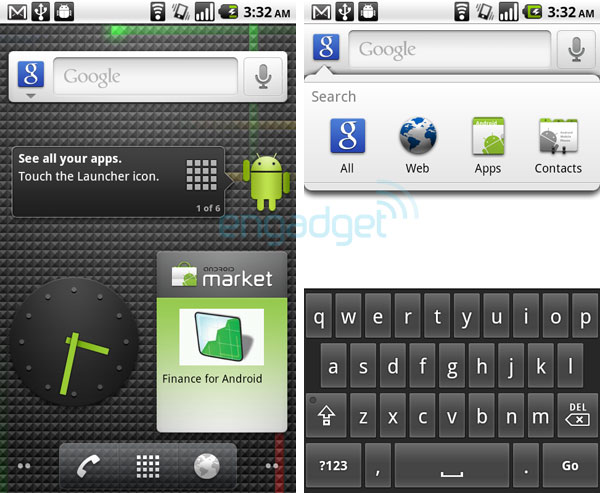
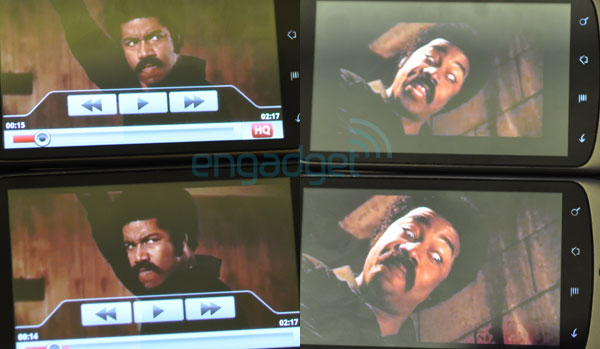
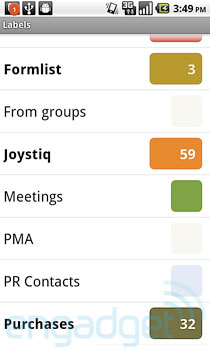
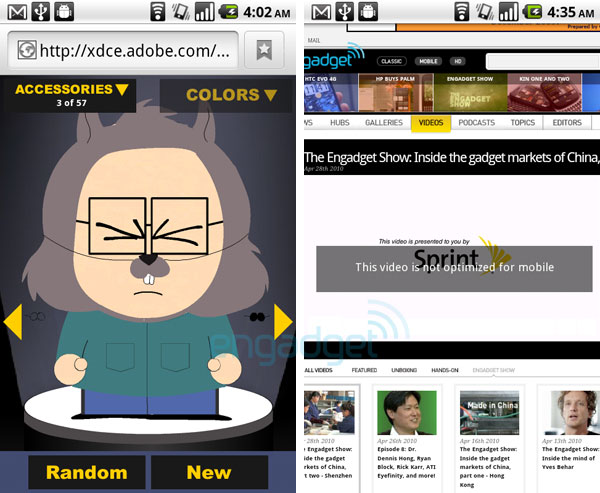
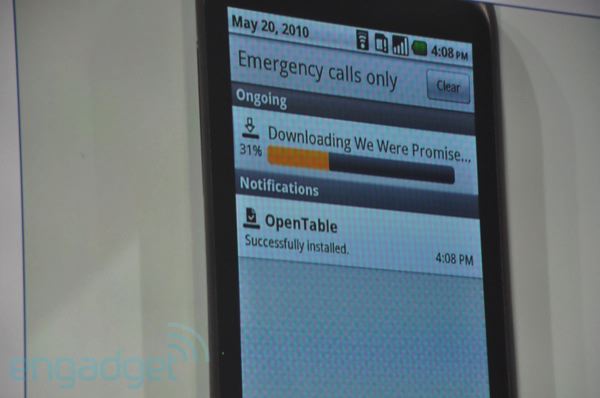
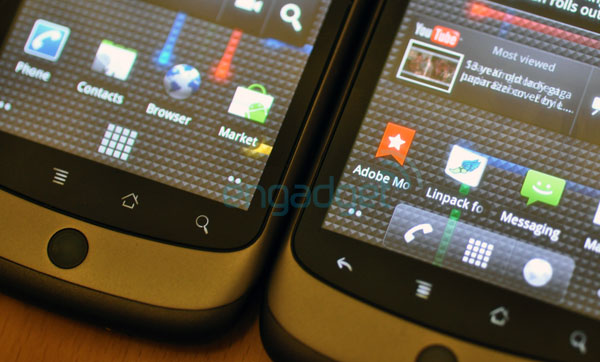

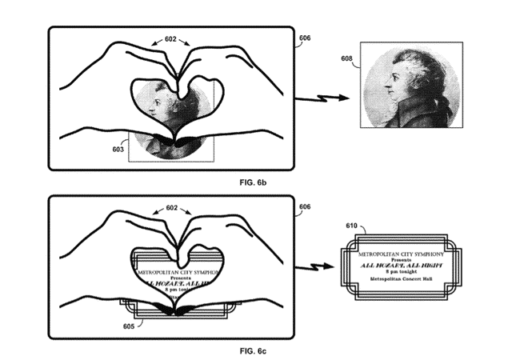
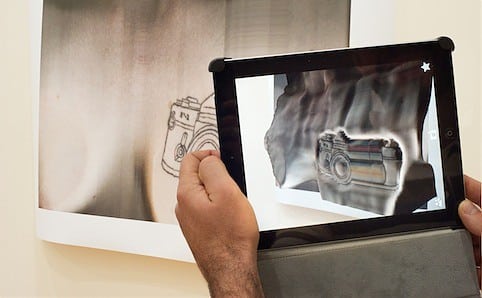
Pingback: Gadget Newz
Pingback: NEXUS ONE ANDROID 2.2 UPDATE COMING THIS WEEK
This is a question, not a comment. I need to know how to be able to scroll apps up and down as well as side to side?